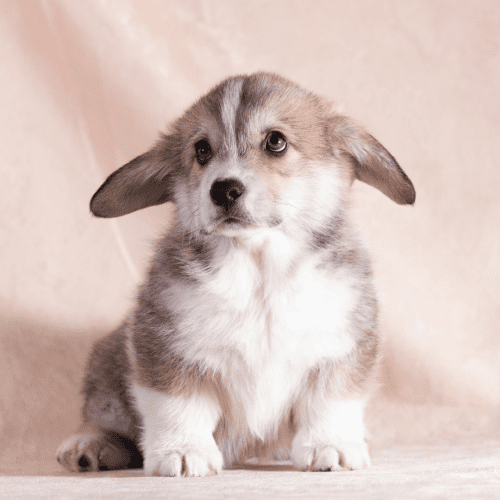Service Dogs provide comfort and support to people with a range of disabilities, from blindness to seizures. Service dogs can be life-changing for their handlers. Service dogs are becoming increasingly popular across the United States.
A service dog breed refers to a specific type of dog that has been carefully selected, trained, and certified to assist individuals with disabilities in performing daily tasks and improving their overall quality of life. These dogs possess unique characteristics that set them apart from other breeds. Differentiating attributes of service dog breeds include intelligence, trainability, and a calm and friendly temperament. These traits enable them to perform tasks such as guiding the visually impaired, alerting individuals with hearing impairments to sounds, retrieving items for those with mobility limitations, and providing emotional support to individuals with mental health conditions.
Training requirements for service dog breeds are rigorous and thorough. They undergo extensive training to learn specific tasks and behaviors that are necessary to assist their handlers. This training includes obedience training, socialization, and task-specific training. Service dog organizations play a crucial role in providing this training and matching trained dogs with individuals in need.
Service dog breeds are protected by legal rights that afford them access to various public spaces. The Americans with Disabilities Act (ADA) recognizes service dogs as working animals and grants them the right to accompany their handlers in places such as restaurants, stores, and public transportation. However, public misconceptions surrounding service dogs can sometimes lead to misunderstandings and challenges for individuals with disabilities. It is essential to educate the public about the role and rights of service dog breeds to ensure their full inclusion in society.
Service dog breeds can be distinguished from other dog breeds by their specialized training and unique traits that make them well-suited for assisting individuals with disabilities. The training process for service dogs is rigorous and comprehensive, ensuring that they are capable of performing specific tasks to help their handlers. These tasks may include guiding individuals with visual impairments, alerting individuals with hearing impairments to sounds, providing stability and balance for individuals with mobility impairments, and even retrieving medication or other necessary items.
In addition to their specialized training, there are legal requirements that must be met for a dog to be recognized as a service dog. These requirements may vary depending on the country or state but generally include certification from a recognized service dog organization and proof of the dog’s ability to perform the tasks required to assist their handler. Service dog organizations play a crucial role in the training and certification of service dogs, ensuring that they are appropriately matched to individuals with disabilities and providing ongoing support and guidance.
The benefits of service dogs are numerous. They can significantly enhance the independence and quality of life for individuals with disabilities, providing them with a sense of security, companionship, and assistance in their daily lives. Service dogs not only provide physical assistance but also emotional support, helping to reduce stress and anxiety. They can also act as a bridge for individuals with disabilities, facilitating social interactions and increasing their participation in the community.
There are several dog breeds that are recognized as part of the service dog group due to their unique characteristics and abilities. These breeds are specifically selected and trained to assist individuals with disabilities and perform tasks that enhance their owners’ quality of life.
Some of the most common types of service dog breeds include Labrador Retrievers, Golden Retrievers, German Shepherds, and Standard Poodles. These breeds are known for their intelligence, trainability, and strong work ethic. They possess the qualities necessary to excel in various service dog roles, such as guide dogs for the visually impaired, hearing dogs for the hearing impaired, and mobility assistance dogs for individuals with physical disabilities.
Service dog breeds undergo extensive training to develop the skills required to perform their designated tasks. This training includes obedience training, socialization, and specialized task training. The rigorous training process ensures that service dogs are reliable, well-behaved, and able to perform their duties effectively and safely.
The benefits of service dog breeds are numerous. They provide invaluable support and assistance to individuals with disabilities, helping them to navigate the world with greater independence and confidence. These dogs can perform a wide range of tasks, including retrieving objects, opening doors, alerting to sounds, and providing stability and balance.
To ensure the quality and reliability of service dogs, many organizations offer certifications for these breeds. These certifications validate that the dog has undergone the necessary training and possesses the skills required to perform as a service dog. This ensures that individuals with disabilities can have confidence in the abilities of their service dog and access the necessary accommodations and rights.
The origins of service dog breeds can be traced back to specific breeds that have been selectively bred and trained for their unique characteristics and abilities to assist individuals with disabilities. The history of service dog breeds dates back centuries, with different breeds evolving and being trained for various tasks based on the needs of their handlers. The geographic distribution of service dog breeds is widespread, with other regions and cultures having their own preferred breeds for specific tasks.
The evolution of service dog breeds is closely tied to the evolution of human civilization and the recognition of the importance of assistance animals. From ancient times, dogs have been valued for their loyalty, intelligence, and trainability, making them ideal candidates for service work. Over time, specific breeds were developed and refined for their aptitude in assisting people with disabilities.
The cultural significance of service dog breeds varies across different societies. In some cultures, service dogs are highly respected and considered an integral part of the community. In other cultures, there may be less awareness or acceptance of the role of service dogs. However, overall, the recognition and use of service dog breeds have grown significantly in recent years as more people with disabilities have realized the benefits and independence that these dogs can provide.
Assistance dog breeds are utilized by individuals in a variety of ways to provide essential support and enhance their daily lives. These service dogs undergo rigorous training to develop the skills necessary to assist people with disabilities. There are different types of service dogs, each specializing in specific tasks based on their training and the needs of their handlers.
Service dogs are trained to perform a wide range of tasks, such as guiding individuals who are visually impaired or assisting those with mobility impairments by retrieving items and opening doors. They can also alert their handlers to sounds, such as alarms or doorbells, and provide emotional support to individuals with mental health conditions. These dogs are trained to remain calm and focused in various environments, ensuring their handlers’ safety and independence.
The benefits of service dogs are numerous. They provide companionship, increase confidence, and improve the quality of life for their handlers. Service dogs also offer a sense of security and help their handlers navigate the challenges they face on a daily basis.
Laws regarding service dogs vary from country to country, but they generally grant certain rights and protections to individuals with disabilities who rely on these animals. These laws ensure that service dogs are allowed access to public places, transportation, and housing, regardless of any pet restrictions.
Service dog breeds are connected to a diverse range of individuals who rely on their assistance and support in various aspects of their daily lives. These individuals can include people with physical disabilities, such as those who use wheelchairs or have limited mobility. Service dogs are trained to perform tasks such as opening doors, retrieving objects, and providing balance support to help these individuals navigate their surroundings more easily.
Another group of people who benefit from service dog breeds are those with sensory impairments, such as individuals who are deaf or hard of hearing. These dogs are trained to alert their owners to important sounds, such as alarms or doorbells, and can even help their owners navigate through crowded areas by indicating obstacles or changes in elevation.
People with medical conditions, such as epilepsy or diabetes, can also benefit from having a service dog. These dogs are trained to recognize the signs of an impending medical event and can alert their owners or even take specific actions to help mitigate the effects of the condition.
Service dog breeds are not limited to physical assistance. They can also provide emotional support to individuals with mental health conditions, such as post-traumatic stress disorder (PTSD) or anxiety disorders. These dogs can offer comfort, give a sense of security, and help their owners manage their symptoms in various situations.
It is important to note that not all individuals with disabilities or medical conditions require a service dog, and the decision to have one should be made in consultation with healthcare professionals. Additionally, training service dogs requires a significant investment of time, resources, and expertise. These dogs undergo extensive training to ensure they can perform their tasks reliably and safely.
Service dog owners have certain legal rights that protect their access to public spaces, housing, and transportation. In the United States, for example, the Americans with Disabilities Act (ADA) provides specific guidelines on the rights of service dog owners. These laws aim to prevent discrimination and ensure that individuals with disabilities can fully participate in society.
It is essential to distinguish between service dogs and emotional support animals (ESAs). While both provide support, ESAs do not have the same legal protections as service dogs. ESAs offer companionship and emotional support to individuals with mental health conditions but are not trained to perform specific tasks. As a result, ESAs may have different restrictions in terms of where they are allowed to accompany their owners.
Interestingly, service dog breeds are not limited to specific breeds or sizes, as their suitability for different tasks depends on a variety of factors. Training methods play a crucial role in determining a service dog’s capabilities. Dogs undergo extensive training to perform specific tasks, such as guiding individuals with visual impairments, alerting those with hearing impairments, or providing support for individuals with mobility challenges.
Legal requirements vary depending on the country and jurisdiction. In the United States, for example, the Americans with Disabilities Act (ADA) defines service dogs as dogs that are individually trained to perform tasks for people with disabilities. These dogs are allowed access to public places, including restaurants, stores, and public transportation, regardless of breed or size. Other countries may have different regulations governing service dog access.
Service dogs are trained to perform a wide range of tasks to assist individuals with disabilities. These tasks can include retrieving items, opening doors, providing stability, detecting allergens, and even alerting to medical emergencies. The specific tasks a service dog is trained for depend on the needs of the individual they are assisting.
The benefits of service dogs are numerous. They provide companionship, independence, and increased confidence for individuals with disabilities. Service dogs can help mitigate the effects of various disabilities, allowing their handlers to lead more fulfilling and independent lives.
Several organizations specialize in training and providing service dogs to individuals in need. These organizations typically have rigorous training programs that ensure the dogs are well-prepared to meet the specific needs of their future handlers. They play a crucial role in matching dogs with individuals and providing ongoing support and training.
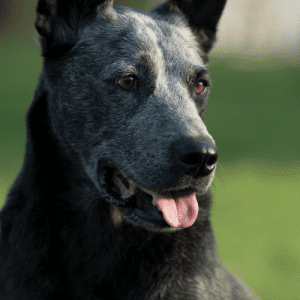


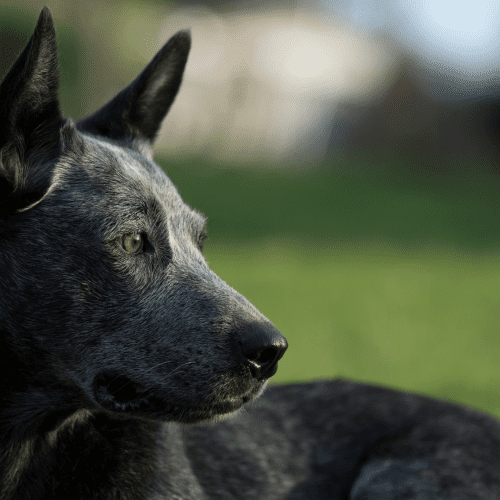
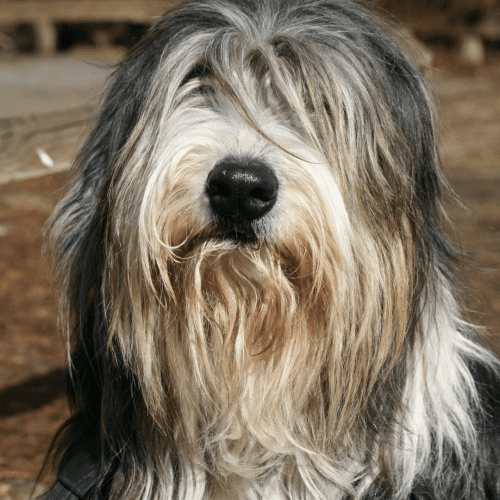

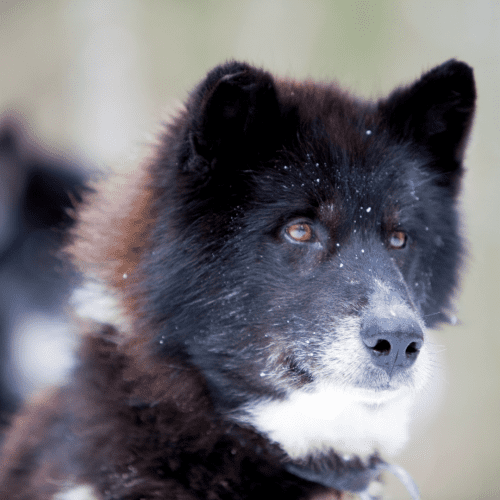
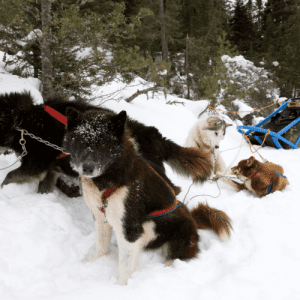
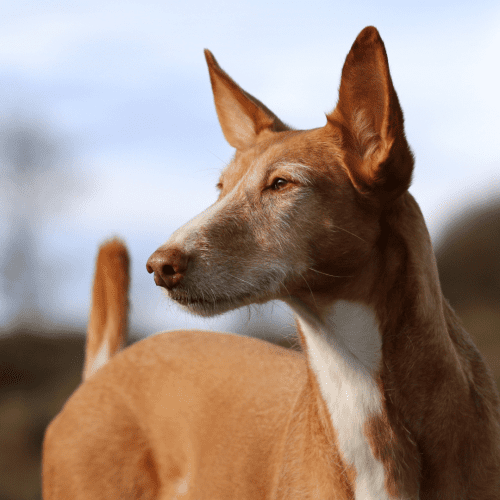
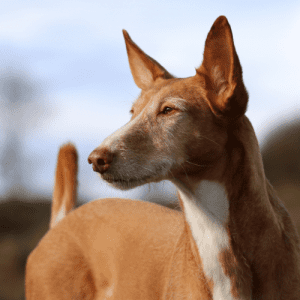
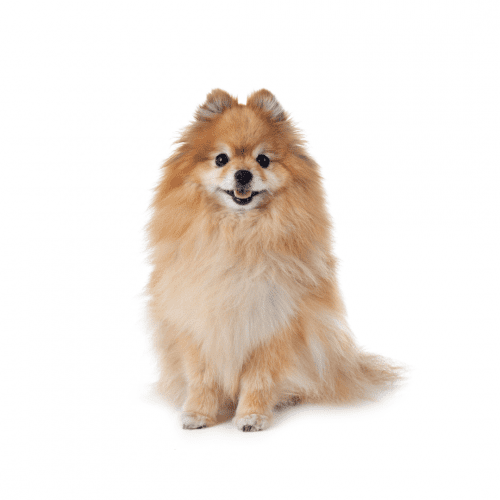

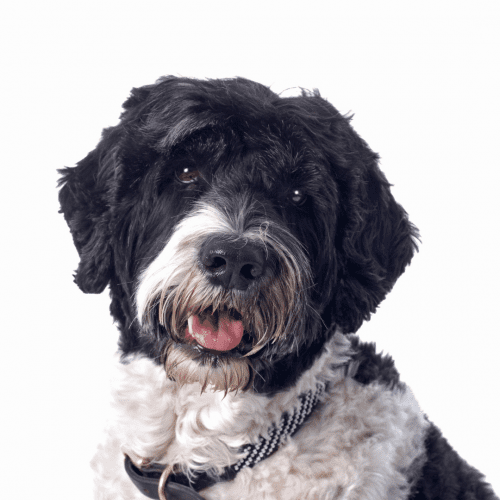

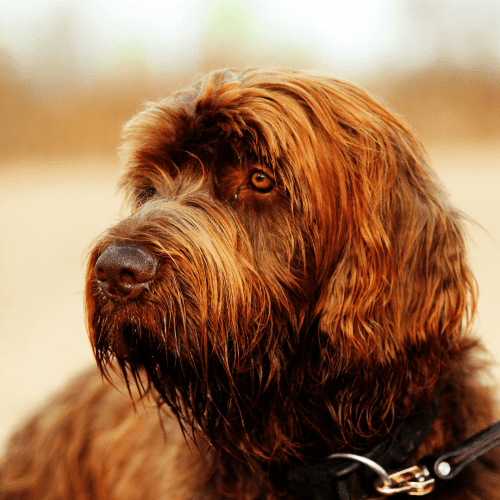

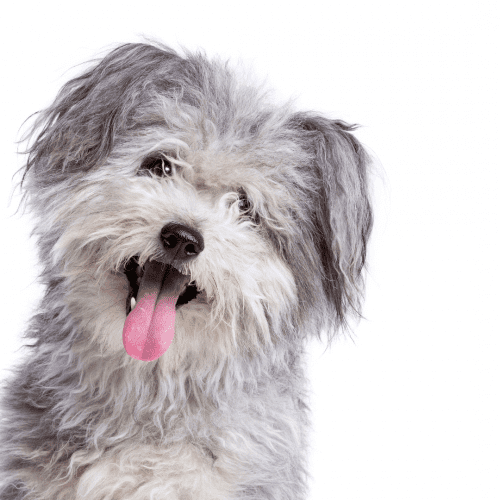

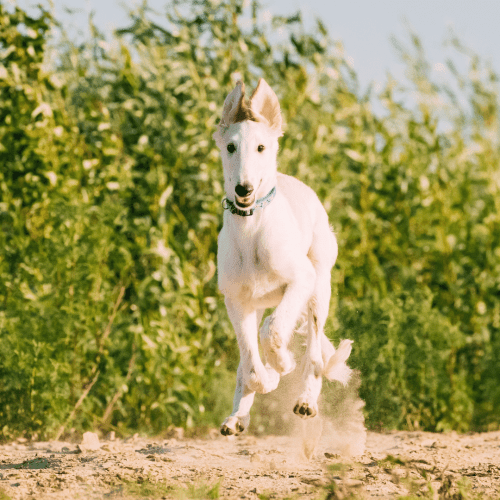

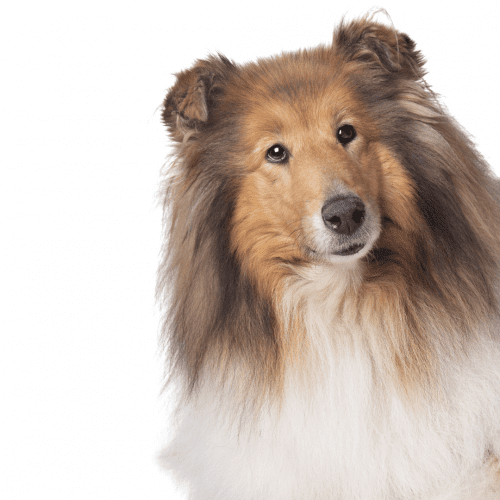
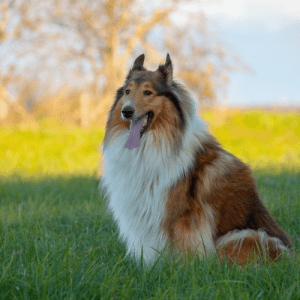
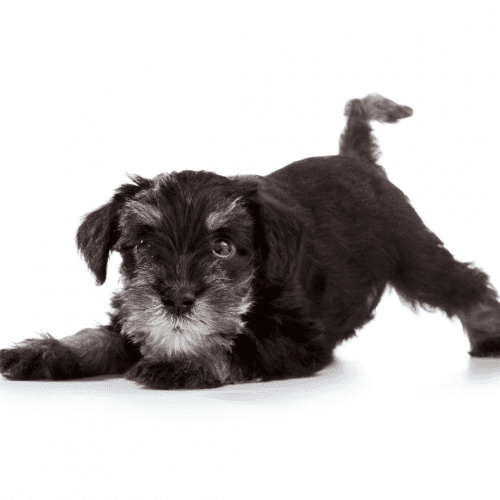

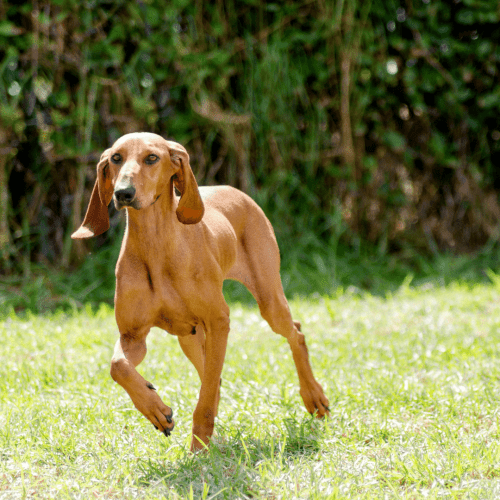
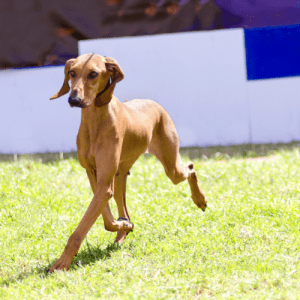 What Is The History Of The Segugio Italiano Dog Breed?
What Is The History Of The Segugio Italiano Dog Breed?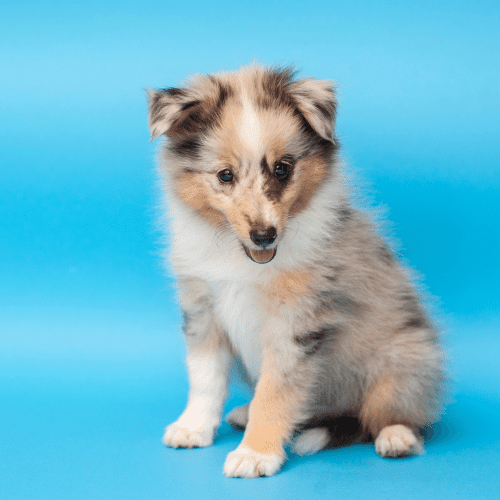
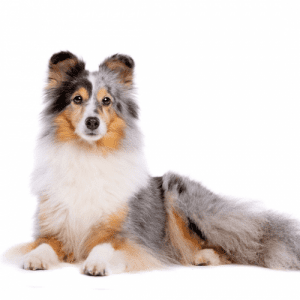 What Is The History Of The Shetland Sheepdog, aka Sheltie Dog Breed?
What Is The History Of The Shetland Sheepdog, aka Sheltie Dog Breed?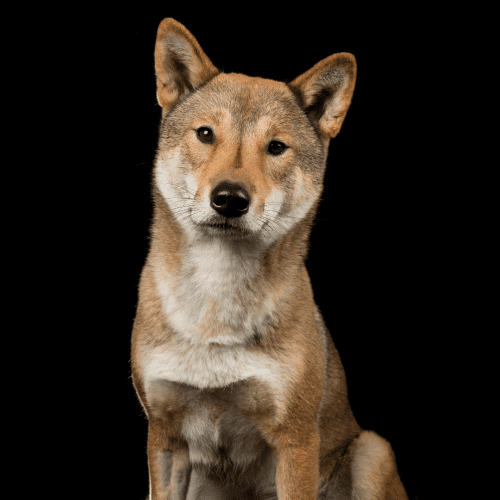
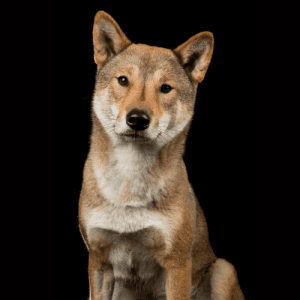 What Is The History Of The Shikoku Dog Breed?
What Is The History Of The Shikoku Dog Breed?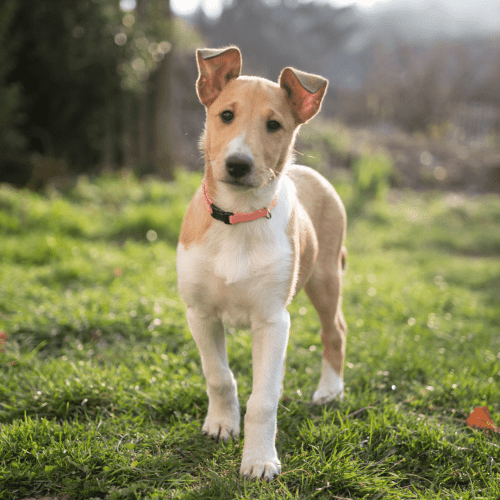

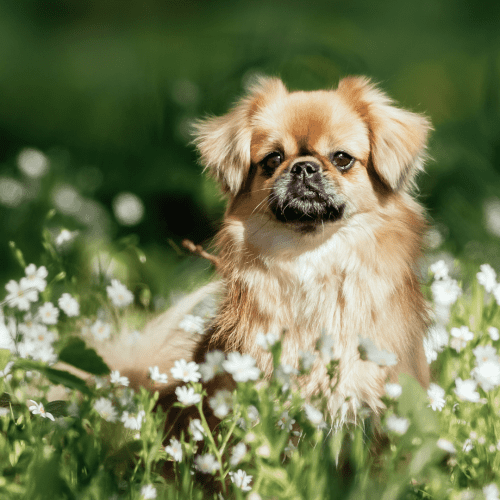

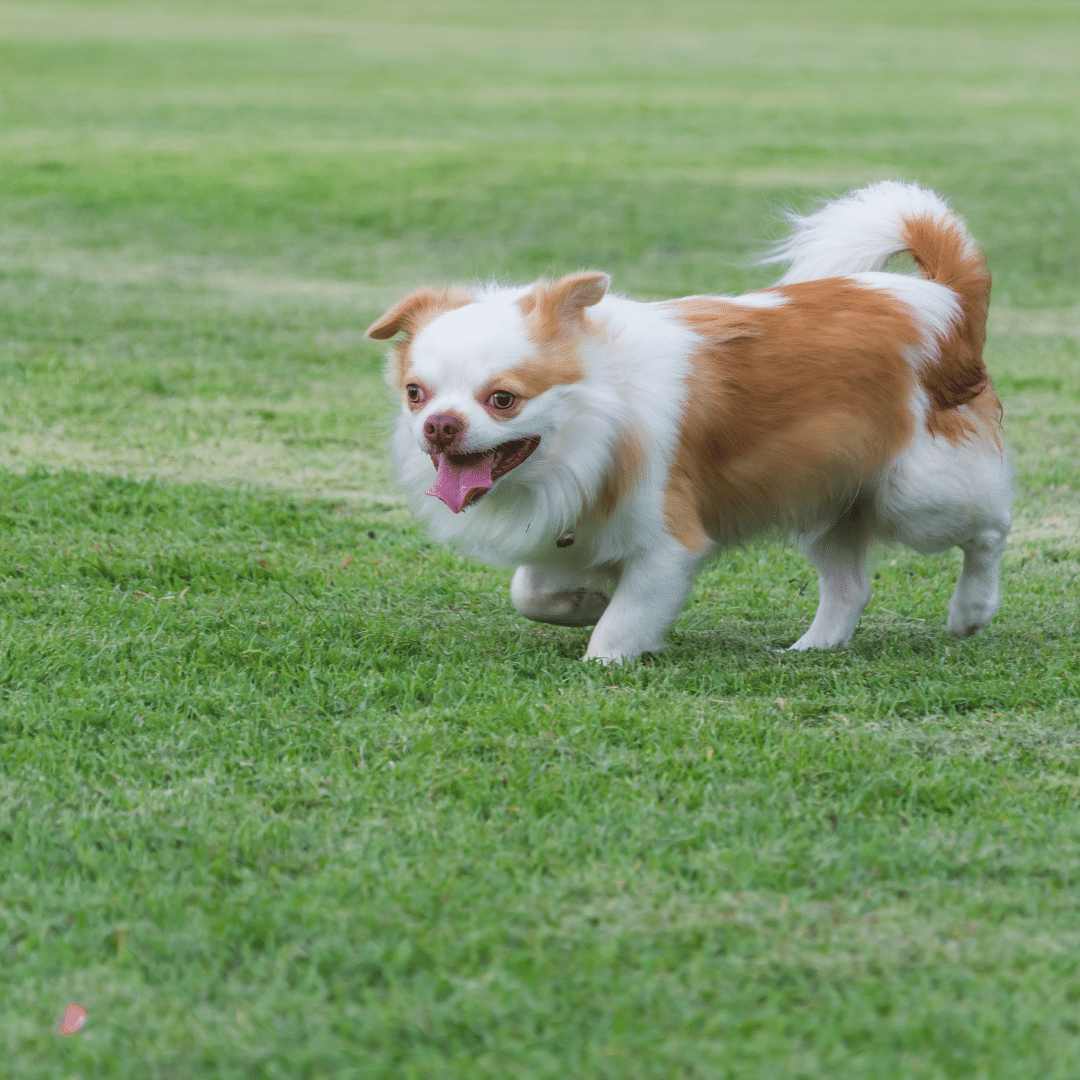 Dog?
Dog?